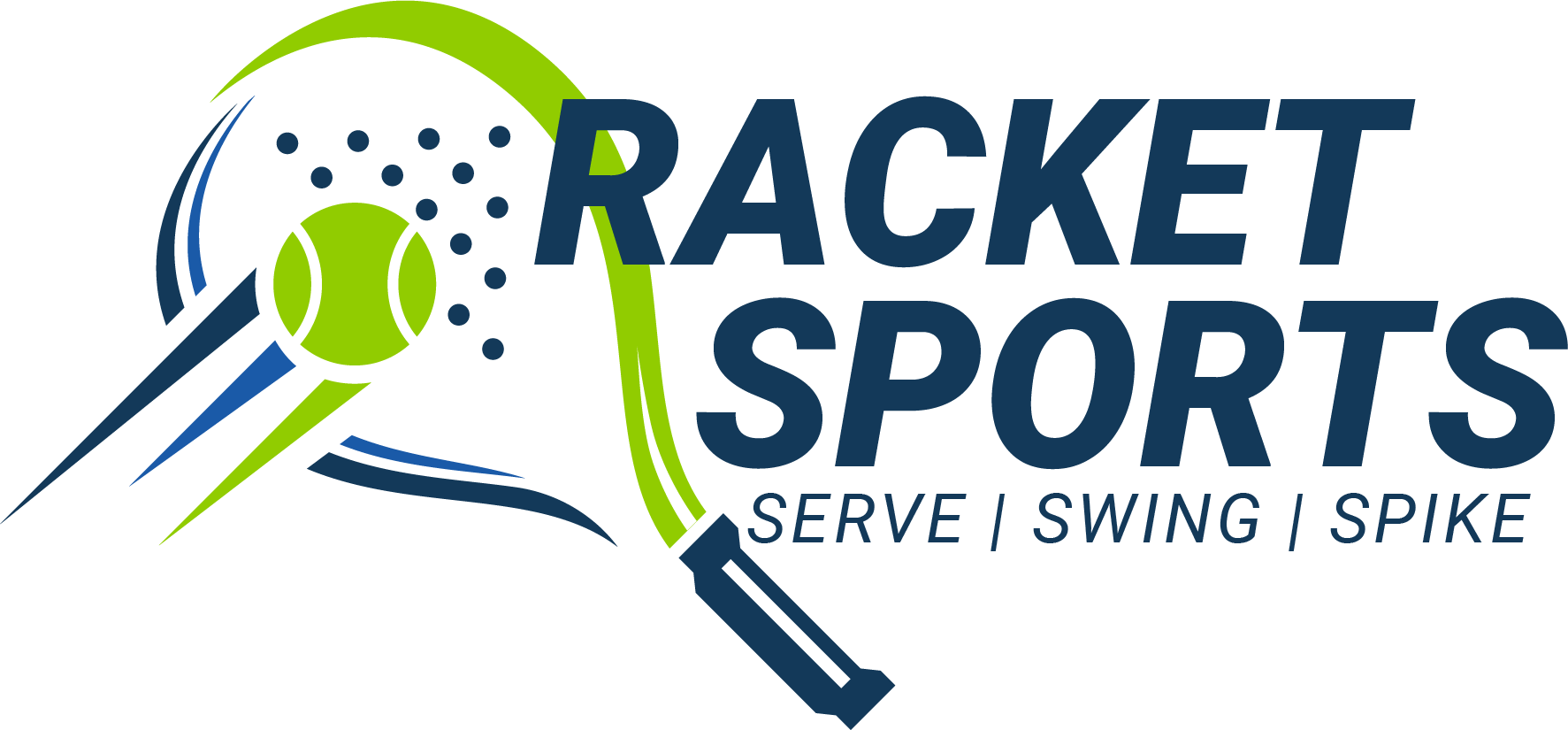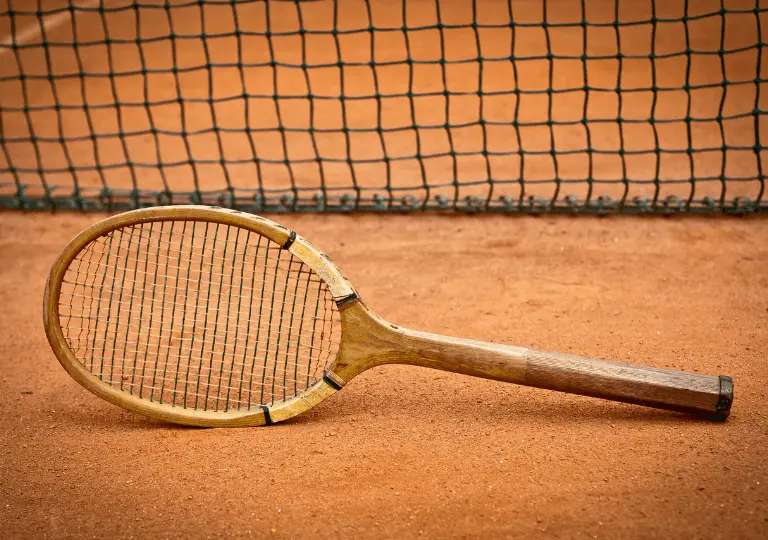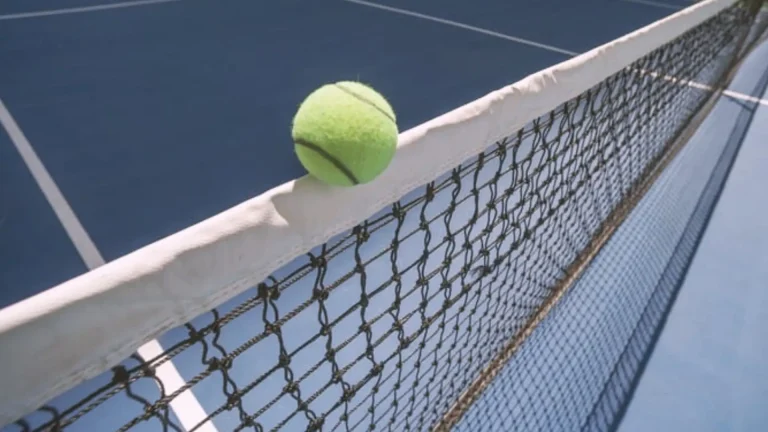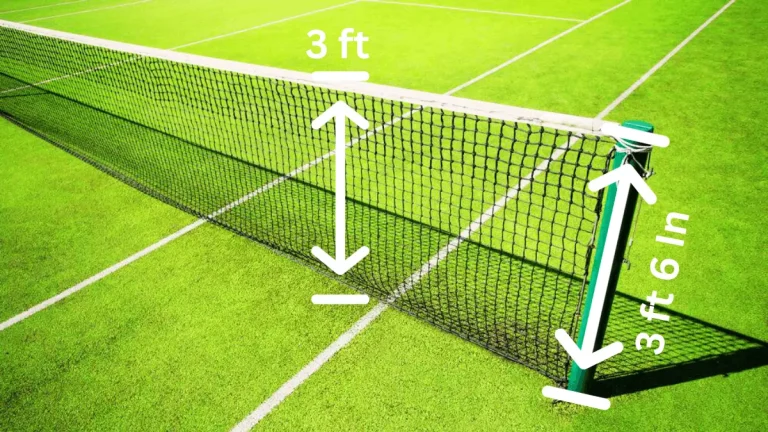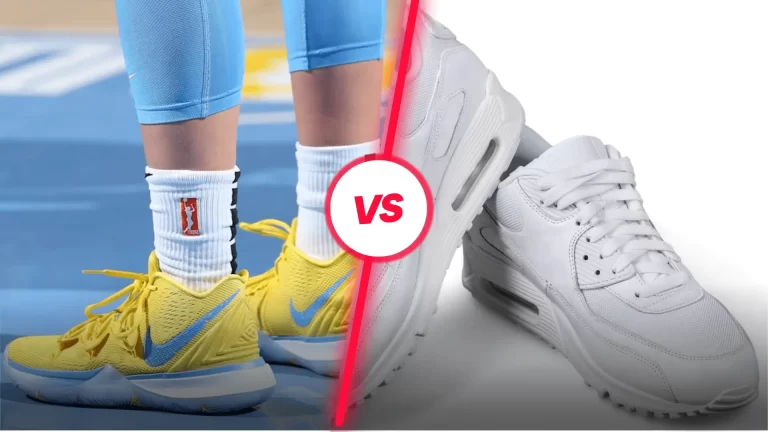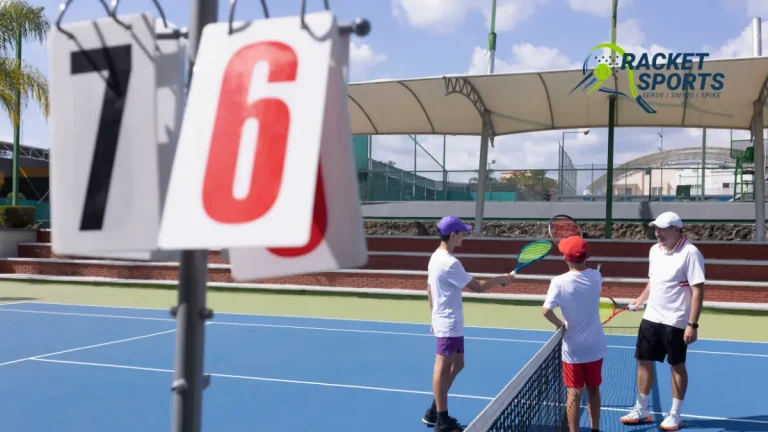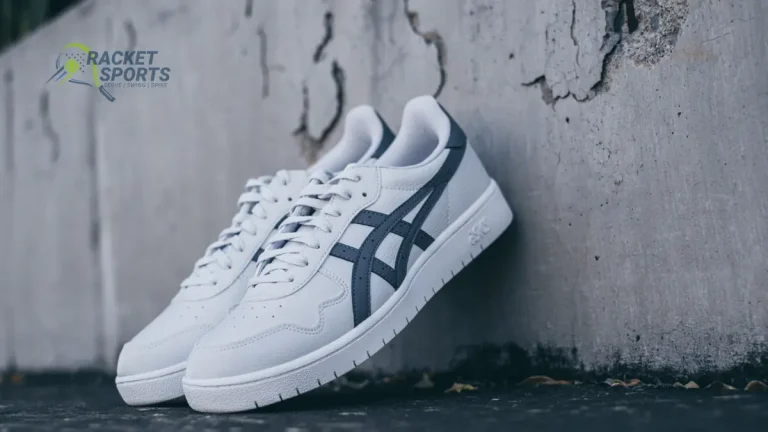Double Fault In Tennis – How To Avoid It | Guide 2025
If you are not aware of the term double fault in tennis, there is nothing to worry about. A double fault in tennis happens when a player fails to make a successful serve on both attempts during a single point.
This results in the loss of the point and the opposing player or team receiving a point without the need to play a rally.
In the high-stakes world of tennis, a double fault can have a big and shocking impact on the outcome of a match.
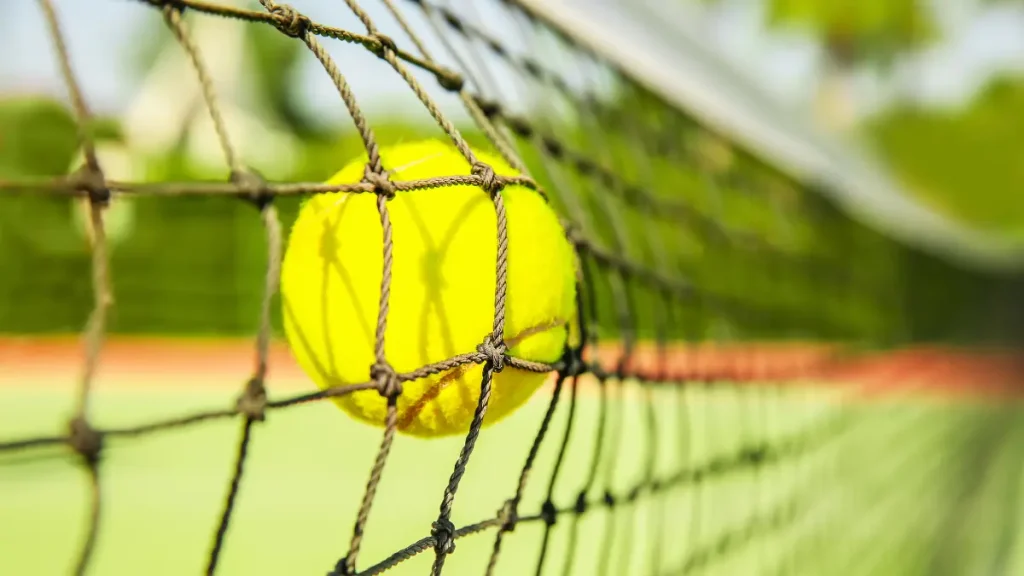
Whether it occurs in a critical moment of a set or as a recurring issue throughout a player’s performance, the double fault describes a missed opportunity and a loss of momentum.
Knowing and understanding the causes of double faults and learning how to avoid them is important for every tennis player who is looking to improve and enhance their game.
What Is A Double Fault In Tennis?
In tennis, serving is an essential part of the game, and a double fault is a significant mistake or error that can destroy the momentum of a match. In Simple words we can say that a double fault in tennis occurs when a player makes two consecutive faults while serving, resulting in a lost point & an advantage for their opponent.
This violation occurs when the server’s first attempt at a serve does not land within the designated service court, and their second attempt also fails to result in a successful serve.
The rules for double faults are uniform across all levels of tennis, from amateur to professional competition.
When a double fault occurs, it is registered as a point for the non-serving player or team, without the necessity for any further play. This means that the serving player loses the point due to their inability to successfully put the ball into play during their service attempts.
This can be frustrating and demoralizing as the server essentially gives a point to their opponent while shifting the momentum of the match.
Factors Contributing To A Double Fault In Tennis
There are several factors that can contribute to a double fault in tennis. Let’s look at each of these factors to have a better understanding of why double faults occur:
- Technical errors in the service motion are a common cause of double faults. Tennis players are required to perform an accurate line of movements to successfully serve the ball. From the stance and ball toss to the racquet swing and follow-through, there are multiple factors that must align perfectly to execute a perfect serve. Any mistake in these elements can lead to a faulty serve and, in turn, a double fault.
- Nervousness and pressure can significantly contribute to the happening of double faults. Serving is a high-pressure aspect of tennis and it is the only time during a point that the player has complete control over the ball. The need to start the point with an advantageous serve, especially during critical moments in a match, can lead to anxiety and tension. This emotional pressure can affect a player’s ability to execute a successful serve and also increase the chances of a double fault.
- Physical fatigue is also a factor that can lead to double faults. Tennis is a physically demanding sport, and as matches progress, players tend to fatigue which leads to a decline in their ability to maintain precision and power in their serves. Fatigue as a result can contribute to a higher rate of double faults, especially in lengthy matches.
- Poor court conditions, such as uneven surfaces or adverse weather, can be a contributing factor in the occurrence of double faults. Uneven or slippery courts can disrupt a player’s footing and balance which may affect their ability to execute a consistent and accurate serve. Adverse weather conditions, such as strong winds or intense sunlight, can also affect serving which potentially leads to an increased possibility of double faults.
How To Avoid Double Faults In Tennis?
When you make a double fault in tennis, it’s disappointing because you lose a point without even getting to play. Whether you’re just starting or have been playing for a while, avoiding double faults is important for getting better at the game. Here is how you can avoid them:
Develop good service techniques:
- To prevent double faults, focus on creating a steady and dependable service technique. This involves mastering the correct grip, stance, and motion for an effective serve. Start by making sure your racquet grip is comfortable and aligns with your playing style. Also, experiment with various grips to discover the one that offers optimal control and power.
- Focus on your stance and body position. A stable and balanced stance is important for generating power and accuracy in your serve. For instance; position your feet shoulder-width apart and align your body to face the net. This will provide you with a strong foundation to execute your service.
- Focus on making your serve motion smooth and rhythmic. The serve involves a series of coordinated movements, such as the toss, backswing, ball strike, and follow-through. Pay careful attention to each step and make sure your movements are controlled. Regular practice is important to get used to these movements in your muscle memory. They also improve your consistency and reduce the chances of double faults.
Focus on ball toss:
- The way you throw the ball is crucial for a good serve. It establishes the technique for your entire serving action and affects how well you hit the ball. Practice your ball toss to make sure it consistently goes to the right height and spot as your preferred serve style. A dependable toss also helps you hit the ball well and makes your serve more likely to succeed.
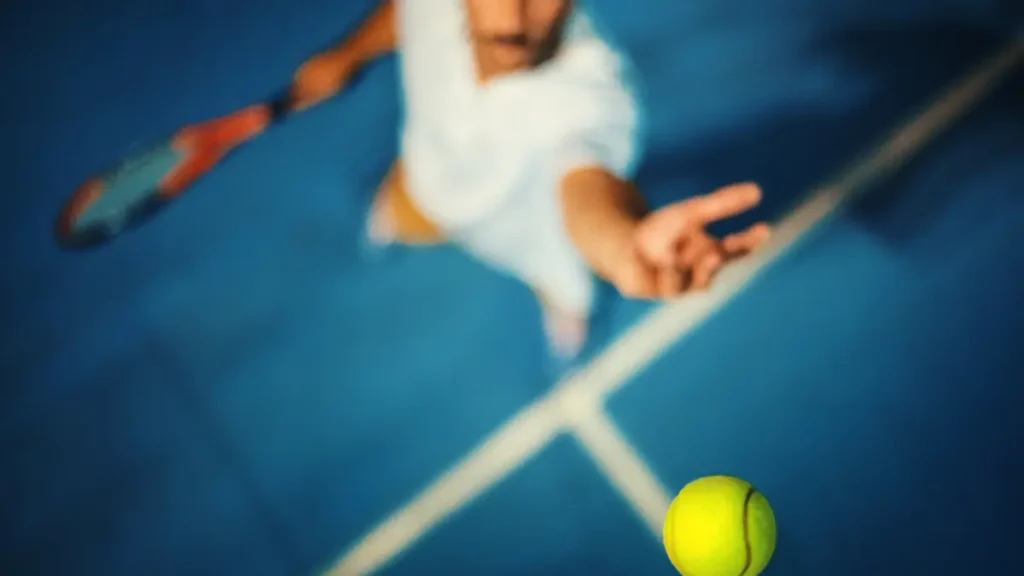
Mental preparation and staying positive:
- In tennis, your mind is just as important as your body. Stay focused and calm when serving to avoid double faults. Clear your head of distractions and negative thoughts before getting ready to serve. Picture where you want the ball to go and plan your serve.
- Create a routine before serving to keep your focus and stay positive. This routine can include simple actions like bouncing the ball a few times, taking deep breaths, or imagining successful serves. Doing this the same way each time helps you feel in control and confident, lowering the chances of making mistakes due to mental distractions or loss of focus.
Don’t let pressure bring you down:
- When you’re in important situations like crucial points or tie-breakers, the chance of making mistakes, like double faults, can go up. To handle this pressure, keep your mind calm. Pay attention to your breathing and stay composed before serving. Recognize that it’s a big moment, but don’t let it stress you out. Stick to your usual serving technique, stay consistent, and remember successful serves from before to boost your confidence.
Conclusion
In tennis, a double fault is a big deal. It can quickly change the outcome of a match. Players need to learn how to avoid making this mistake. This involves getting better at serving, staying focused, and using smart serving strategies.
By improving these skills, players can reduce the chance of double fault and can widely improve their serve and overall game. Furthermore, successfully avoiding double faults not only shows a player’s commitment, and ability to bounce back but also the skill of both the mental and physical parts of the game.
FAQs
What is a double fault in tennis?
A double fault in tennis occurs when a player fails to make a successful serve twice in a row during one point.
What is the outcome of double fault in tennis?
The outcome of a double fault in tennis is that the opposing player or team gets a point without having to play a rally.
How can players avoid double faults in tennis?
Players can avoid double faults by improving their serving technique, staying focused, and using smart serving strategies, especially in pressure situations.
